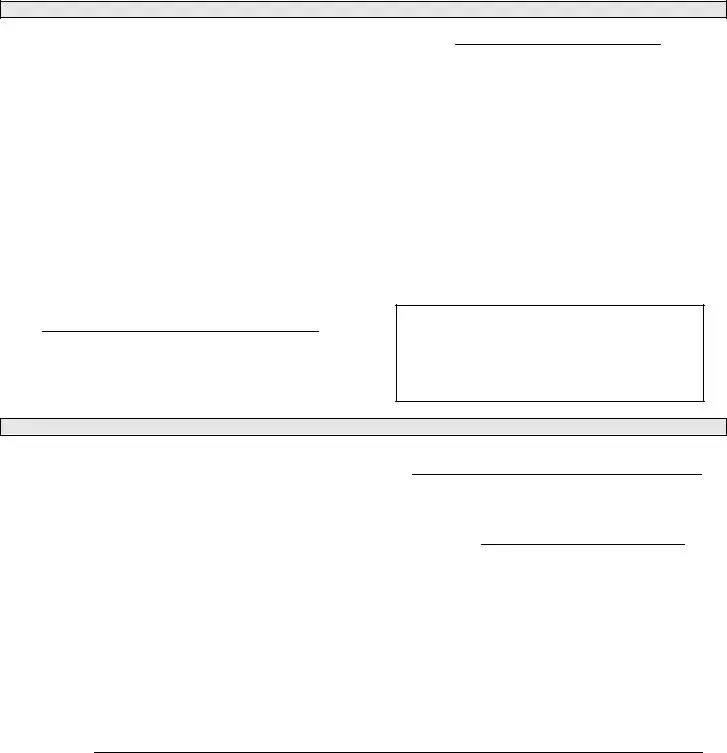Filling out an employment verification form can seem straightforward, but many people make common mistakes that can lead to delays or complications. One frequent error is providing incomplete information. It's crucial to ensure that all required fields are filled out completely. Missing details can cause your application to be processed slower or even rejected.
Another mistake is failing to double-check the accuracy of the information provided. Typos or incorrect dates can create confusion. For instance, listing the wrong employment dates or job titles can lead to misunderstandings about your work history.
Some individuals forget to include the correct contact information for their previous employers. Always provide accurate phone numbers and addresses. If the verifier cannot reach the right person, it may hinder the verification process.
Additionally, people often neglect to sign the form. A signature is essential as it confirms that the information provided is accurate and that you authorize the verification process. Without it, the form may be considered invalid.
Another common oversight is not being aware of the specific requirements of the organization requesting the verification. Each employer may have different criteria or preferred formats. Always review the instructions carefully to ensure compliance.
Some individuals also underestimate the importance of timing. Submitting the form too late can cause delays in the hiring process. Make sure to send it in as soon as possible to avoid missing out on job opportunities.
In some cases, applicants might provide outdated or irrelevant job information. It's important to focus on the most recent and relevant positions. Highlighting your most pertinent experience can make a stronger impression.
Lastly, many forget to follow up after submitting the form. Checking in with the employer or the verification service can help ensure everything is on track. A simple follow-up can clarify any issues that may arise and keep the process moving smoothly.

